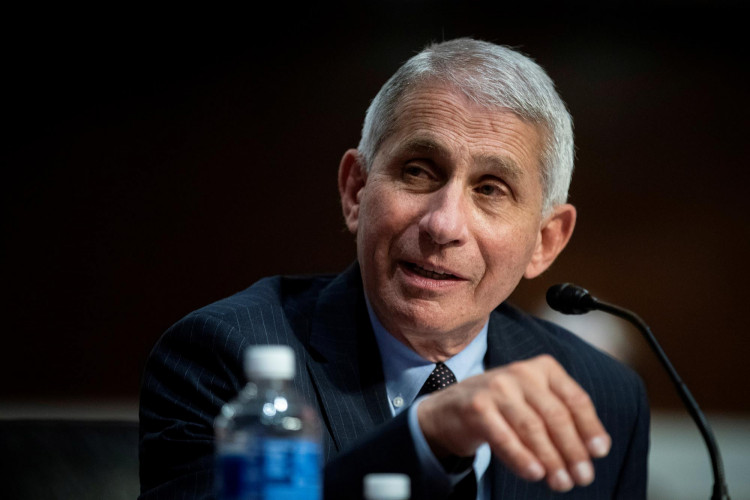The oncoming fall and winter seasons in the United States represent six months of peril as the raging COVID-19 pandemic and the annual flu season converge later this month.
Health experts say this "double whammy" will complicate diagnoses of both diseases and impose a huge double burden on the already overstrained U.S. health care system. Autumn starts September 21 while winter begins December 21. Flu cases start in the fall and typically peak between December and February,
Dr. Anthony Fauci, Director of the National Institute of Allergy and Infectious Diseases (NIAID), said the U.S. will find itself in a "more precarious situation" in the fall and winter for this reason. If the U.S. continues along its present path of close to 35,000 cases and 900 deaths per day, it will put the U.S. at "a disadvantage right from the very beginning."
Dr. Fauci and other top health officials have kept warning politicians and the public warned that cases must continue to decline as the country approaches colder weather. Earlier this month, Fauci said daily new cases remain "unacceptably high" this close to fall.
The biggest threat is people being forced to stay indoors by the cold and snow. The COVID-19 is known to spread more rapidly in enclosed spaces like homes, restaurants and bars.
U.S. health officials fear this flu season might see a wider spread of the flu among the American population. The result will be immense pressure on health systems and diagnostic laboratories forced to respond to two epidemics simultaneously.
What's concerning to health experts is the unremittingly large number of flu deaths in the U.S., due in part to fewer Americans opting to be vaccinated. The U.S. Centers for Disease Control and Prevention estimated between 46,000 and 95,000 Americans died from the flu in the 2017 to 2018 flu season. It initially estimated 34,200 deaths during the 2018-2019 flu season.
The COVID-19 and influenza viruses can trigger some of the same symptoms such as fever, cough and fatigue thereby complicating diagnoses. It's possible a person might be infected by both the flu and COVID-19 at the same time, but this risk is low.
A study of 1,200 patients in northern California and published in JAMA in April found one in five people diagnosed with COVID-19 were coinfected with another respiratory virus. The risk of coinfections rises when two viruses are circulating heavily in the same region.
"It's possible you could get infected with both at the exact same time -- if you're having a really bad day," said Dr. Ben Cowling, an epidemiologist at the University of Hong Kong.






